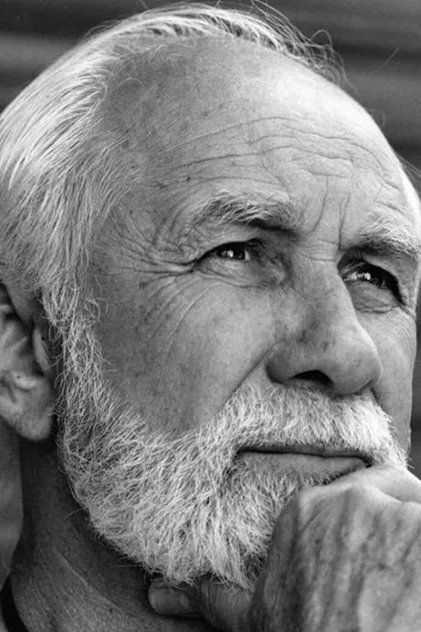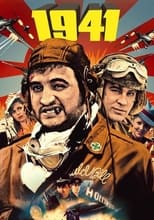

William A. Fraker
Born: September 29, 1923
Died: May 31, 2010
in Los Angeles, California, USA
Died: May 31, 2010
in Los Angeles, California, USA
William Ashman Fraker (September 29, 1923 – May 31, 2010) was an American cinematographer, film director and producer. He was nominated five times for the Academy Award for Best Cinematography. In 2000, he received a Lifetime Achievement Award from the American Society of Cinematographers (ASC) honoring his career.
As cinematographer, his films include The President's Analyst (1967), Rosemary's Baby (1968), Bullitt (1968), Paint Your Wagon (1969), The Day of the Dolphin (1973), Coonskin (1975), Looking For Mr. Goodbar (1977), Exorcist II: The Heretic (1977), Heaven Can Wait (1978), 1941 (1979), WarGames (1983), Irreconcilable Differences (1984), Murphy's Romance (1985), Tombstone (1993), and Street Fighter (1994).
He directed three theatrical films, Monte Walsh (1970), A Reflection of Fear (1971), and The Legend of the Lone Ranger (1981), as well as several television series.
Description above from the Wikipedia article William A. Fraker, licensed under CC-BY-SA, full list of contributors on Wikipedia.
As cinematographer, his films include The President's Analyst (1967), Rosemary's Baby (1968), Bullitt (1968), Paint Your Wagon (1969), The Day of the Dolphin (1973), Coonskin (1975), Looking For Mr. Goodbar (1977), Exorcist II: The Heretic (1977), Heaven Can Wait (1978), 1941 (1979), WarGames (1983), Irreconcilable Differences (1984), Murphy's Romance (1985), Tombstone (1993), and Street Fighter (1994).
He directed three theatrical films, Monte Walsh (1970), A Reflection of Fear (1971), and The Legend of the Lone Ranger (1981), as well as several television series.
Description above from the Wikipedia article William A. Fraker, licensed under CC-BY-SA, full list of contributors on Wikipedia.
Movies for William A. Fraker...

Title: Polanski y los ojos del mal
Character: Himself
Released: April 16, 2002
Type: Movie
Documentary that describes and analyzes the characteristics, themes and central concerns of Roman Polanski's cinema.


Title: The Making of '1941'
Released: May 28, 1996
Type: Movie
A non-narrated documentary, told mainly in interviews with the filmmakers, on the making of the cult comedy classic, featuring outtakes, rare behind-the-scenes home movies, and trivia facts.


Title: Visions of Light
Character: Self
Released: September 17, 1992
Type: Movie
Cameramen and women discuss the craft and art of cinematography and of the "DP" (the director of photography), illustrating their points with clips from 100 films, from Birth of a Nation to Do the Right Thing. Themes: the DP tells people where to look; changes in movies (the arrival of sound, color, and wide screens) required creative responses from DPs; and, these artisans constantly invent new equipment and try new things, with wonderful results. The narration takes us through the identifiable studio styles of the 30s, the emergence of noir, the New York look, and the impact of Europeans. Citizen Kane, The Conformist, and Gordon Willis get special attention.


Title: Irreconcilable Differences
Character: "Gabrielle" Cinematographer
Released: September 28, 1984
Type: Movie
Alternating between the past and the present, a precocious little girl sues her selfish, career-driven parents for emancipation, surprising them both.


Title: Dusty and Sweets McGee
Character: The Cellist
Released: July 14, 1971
Type: Movie
A "straight" couple dabbles in drugs and become heroin addicts.
